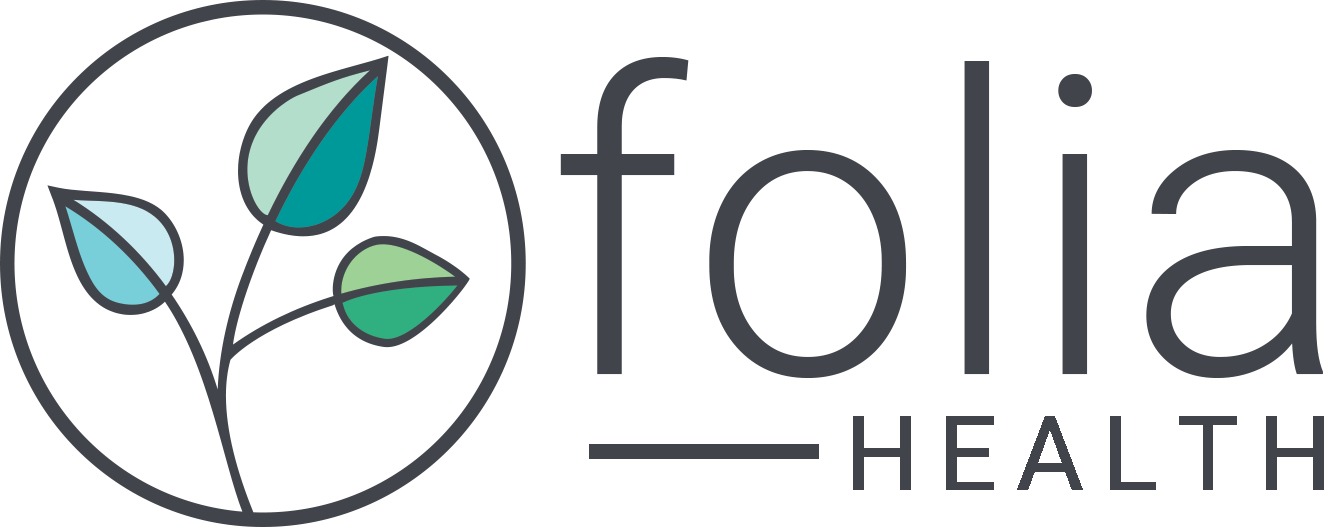Real world evidence, patient-generated health data, and home-reported outcomes: What's the difference?
With the proliferation of new forms of health outcomes data over the past decade, clinicians and researchers are developing a more complete view of disease and the effects of treatment.
While more and more is being published on the topic of patient-generated health data, we’d benefit from being precise about our terminology so we can be intentional about generating data.
Real World Evidence and Real World Data
Real-world evidence (RWE) and real-world data (RWD) are data derived from sources other than traditional clinical trials that address the usage and benefits/risks of a drug or device. If you want to get very specific, RWD are data relating to patient health status and/or the delivery of health care routinely collected from a variety of sources, while RWE is the clinical evidence about the usage and potential benefits or risks of a medical product derived from analysis of RWD. We’ll keep it simple and call this type of outcome RWE.
Patient Reported Outcome
Patient Reported Outcomes (PRO) are any report of the status of a patient's health condition that comes directly from the patient, without interpretation of the patient's response by a clinician or anyone else.
Patient Generated Health Data
Patient Generated Health Data (PGHD) are generated by patients or caregivers to address a health concern. PGHD include, but are not limited to: health history, treatment history, symptoms, biometric data, patient-reported outcome measures. PGHD differ from data generated in clinical settings and through encounters with health care providers in two important ways: (1) Patients, not providers, are primarily responsible for capturing or recording these data; (2) Patients decide how to share or distribute these data to providers and others.
Home Reported Outcome
Since Folia launched in cystic fibrosis, our first condition of focus, over five years ago, we have developed a particular subset of PGHD that shares many characteristics with RWE and PROs.
The purpose of this new outcome data-type is to capture the important observations that are made by patients and family caregivers in the course of their everyday lives, and to put these insights to work to enable more precise clinical care and research. We call this data Home-Reported Outcomes, or HROs.
To understand what an HRO is and where it fits within the broadening landscape of health outcomes measures, we’ll use four core characteristics:
Setting: What is the situation in which the outcome is captured? Broadly, there are two places where an outcome can be collected: in the clinic or ‘at home’ (including all locations within someone’s daily life). The other component of Setting is the care situation that the individual is in. For the purposes of this exercise, we’ll define the care situation as either in a randomized controlled trial (RCT) or not.
Collected by: Is the outcome captured by a patient/family caregiver, provider/investigator, or device?
Timing: When the outcome is collected, is it retrospective (capturing data on things that have occurred in the past) or real-time? We’ll define ‘real-time’ as being within one week of occurrence. Sometimes your migraine is bad enough that you won’t track it until tomorrow, but this is different from recording the characteristics of a migraine three weeks ago.
Owner: Once the outcome is collected, who decides how to use the data and share it? This is a sticky question; in many cases, there’s some shared ownership going on. But to simplify, we’ll assume that for most outcomes it’s clear that the data are primarily owned by either the patient/family caregiver, provider, or investigator.
These types are not mutually exclusive, and often a dataset will qualify as multiple types of data.
Home-reported outcomes (HROs) have the following characteristics:
Setting: Captured ‘At-home’ or otherwise in daily life, outside of a healthcare setting
Collected by: Patient/family caregiver
Timing: Real-time or short-term recall
Owner: Patient/family caregiver, with option to share as-needed with researchers & clinicians
In our next blog post, we’ll cover different ways to apply these different types of data, and why we are so excited about the potential of HROs.

